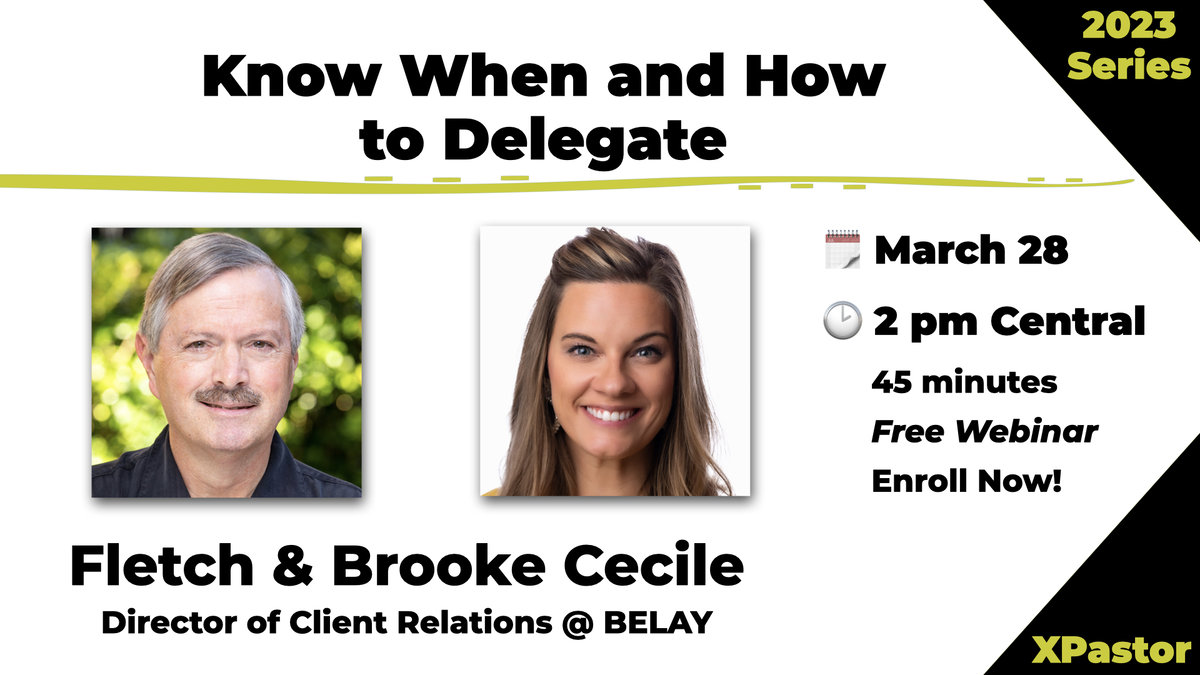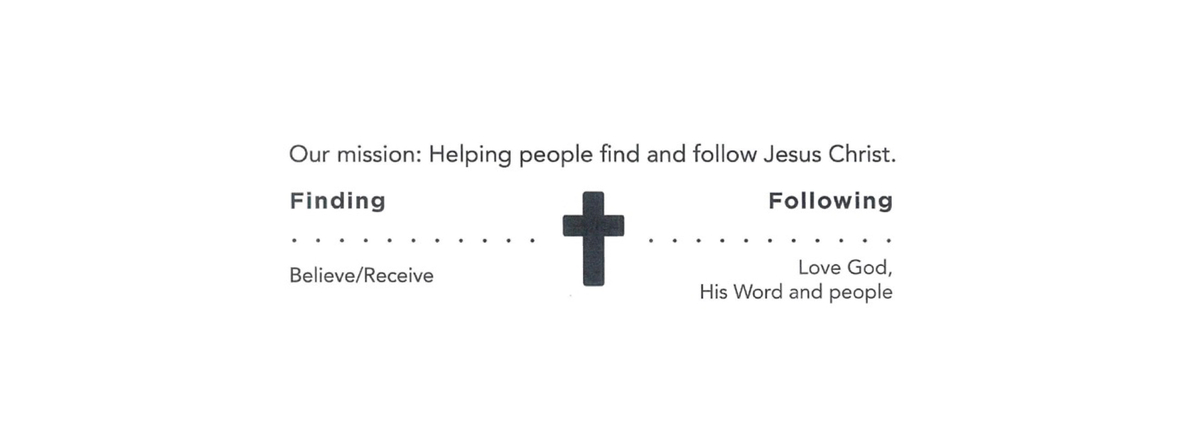This planning guide has a companion piece called Sexual Abuse “Fire Drill”: Put Preparation to the Test, an article that give further explanation. The planning guide below should serve as a worksheet after reading the “Fire Drill” article.
Big Picture Questions
- Will this define your organization?
- What is the cost of managing or potentially mismanaging a sexual abuse allegation?
- How will this reflect on your organization’s reputation within the community?
- Will your enrollment suffer?
- Is your marketing value lowered?
- What is the impact on family/client level of trust in your “child-safe culture”?
- What will a sexual abuse lawsuit cost your organization?
- Is your organization carrying adequate insurance coverage to address this specific risk?
Does your organization have a plan to address a sexual abuse allegation?
- Does a plan exist?
- When was the last time the plan was reviewed/revised?
- Who manages the plan (e.g. Executive Director, Program Administrator, both)?
- Does the plan include contact information for critical individuals (insurance agent and carrier, attorney, others)?
- Does the plan provide easy access to critical documents (insurance policies, relevant state reporting codes)?
- Does the plan include clear instructions in the event of a mandatory report to the authorities (to whom and within what timeframe to report, what information to share, request for file number and name of person to whom report is given)?
- Does the plan include information regarding selection of a media/information point-person?
- Does the plan include a potential communication tree (phone, email and/or text) to inform key people?
Media Management
- How will you proactively provide information and manage the media?
- Who is responsible for communications with media?
- How will you handle news reporters calling your organization, your home phone, and/or personal cell?
- How will you handle news reporters calling your staff members?
- Do you have consultants in place that will provide you with strategic counseling related to legal issues, public relations, crisis communications, possible litigation, media relations, and related services?
- Consider what your reputation is worth: A consultant may cost $200 to $350 per hour. A few thousand dollars can provide additional expertise and peace of mind, especially during a rolling crisis period.
- How will you monitor comments in the local press and web posts from community members and others?
- How will you manage the media physically on your site, or on adjacent property?
- Questions you may receive:
- Please comment on the incident …
- Is this worker still employed? Is this volunteer still involved?
- When did you first hear about the allegations?
- Can you give us details about the charges?
- Have you seen the evidence (text messages/photos, etc.)?
- Could there be more than one victim? Have other children been impacted?
- Was their any screening done related to the accused (background check, etc.)?
- Has he/she been charged with anything like this in the past?
- Have you fired the accused? Why? Why not?
Parents/Stakeholders
- Communicate with families immediately!
- Effective and immediate communication with parents is critical.
- How is this best done in your program?
- Avoid gridlock—what are the customary communication lines?
- Who receives priority in the communication process?
- Start with more directly impacted and work OUT; direct others to website.
- Be prepared to offer counseling to all known and potential victims.
- Potential questions from Parents/Stakeholders:
- Have you fired him/her yet?
- Why haven’t you fired him/her yet?
- Will you fire him/her?
- Did you do a thorough criminal background check when he/she was hired?
- What are your hiring practices?
- What will you do to prevent this from happening again?
- Who will take over their responsibilities?
- Is it safe to bring my child back here?
Children in Program
- Are you prepared to identify and meet with children within the program in an age-appropriate manner?
- Will you include parents when communicating with children in program?
- It is important for all to hear the same information.
- Use caution creating written materials to send home with children; assume written materials will be shared publicly or provided to media.
Victims/Victim Families
- How will you communicate with and protect the victim(s) and their families?
- Communication early and often.
- Listen with an empathetic ear.
- Set aside organizational defensiveness and justifications.
- Understand that parents will need to VENT.
- The victims and their families will likely be angry and want to blame.
- Effective communication and care now is morally right, ethically correct, and potentially prevents litigation.
- How will you manage gossip, backlash, and speculation in the program community?
- Commonly, a group of children and/or families will support the well-liked staff member; keep in mind: “Molesters groom the gatekeepers.”
- How will you prevent bullying behaviors aimed at alleged victims?
- Plan to manage subsequent bullying behaviors.
- Counselor and Staff Awareness.
- Social media may be used negatively (i.e. Facebook page to “save the staff member”).
- Does your organization have a social media presence? If you use these to provide and direct communication regarding an allegation, do so very carefully.
- How will you handle requests for counseling from other children not directly impacted?
- How will you provide aftercare to affected children (and parents)?
Staff Members
- Briefings and debriefings.
- All have access to the same information.
- Ability to discuss incident in closed and safe setting.
- Employee assistance programs—counseling resources.
- Self care.
- Longer-term follow-up.
- Follow-up with individuals close to circumstance, co-workers, identified friends.
- Anger and disappointment.
Legal Representation
- Does the plan identify legal representation?
- How will you address allegations of wrongdoing and litigation against the organization?
- Wrongful termination issues.
- Do you have a partnership with local law enforcement and city officials?
Your Insurance Carrier—Coverage for Incidents
- Do you KNOW your insurance agent, and is he/she knowledgeable concerning the organization’s industry risks? Is he/she knowledgeable concerning this specific risk?
- Have you reviewed insurance coverage for Critical Incidents and lawsuits of this nature?
- Do you currently carry sufficient insurance to cover this risk, given current litigation costs and settlement amounts?
- Does your insurance policy have an exclusion, endorsement, qualification or limitation of coverage for matters related to sexual abuse or sexual misconduct?
An Ounce of Prevention is Worth a Pound of Cure!
- Hiring process—effective screening and training.
- How effective is your staff and volunteer training?
- Will your staff members and volunteers recognize “grooming behaviors?”
- Will they know whom to tell? Do you foster a culture of communication?
- How effective is your Safety System?
- Sexual Abuse Awareness Training
- Skillful Screening Training
- Appropriate Criminal Background Checks
- Tailored Policies and Procedures (include use of technology!)
- Monitoring and Oversight
Written by Gregory S. Love and Kimberlee Norris











